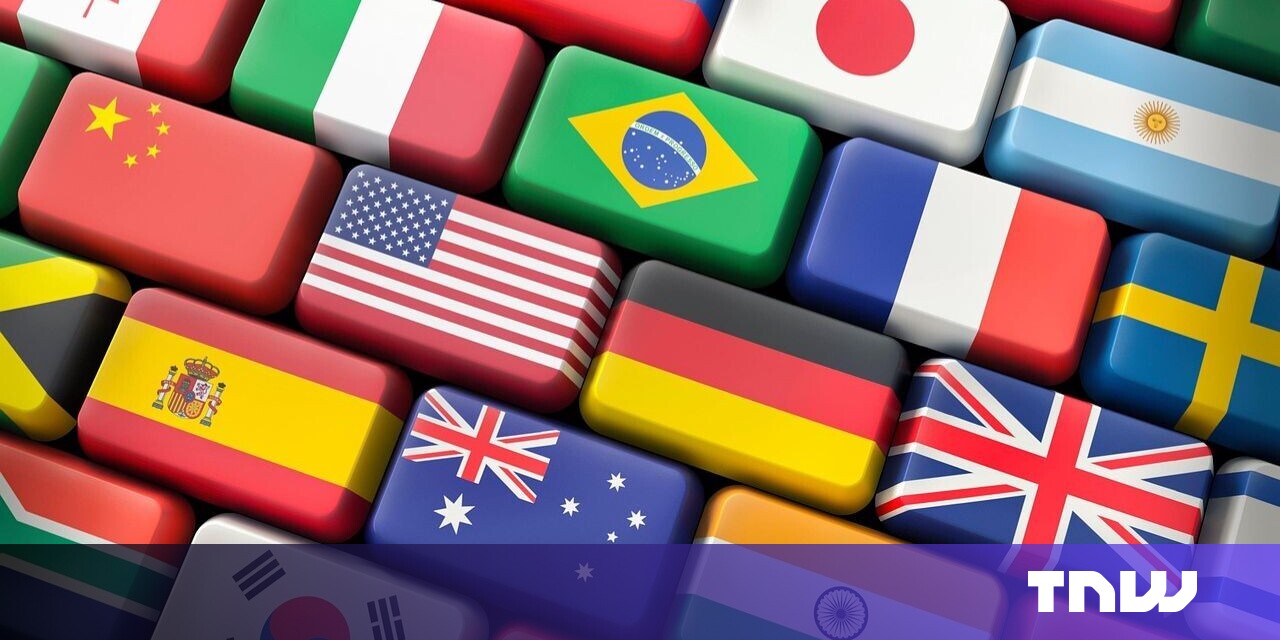
"The challenge of developing AI technologies capable of supporting the rich linguistic diversity of Europe remains a daunting task, as many low-resource languages often receive inadequate support."
"As Europe strengthens its efforts to build AI independence, the underlying question is whether there is sufficient talent and infrastructure to foster these advancements."
"Despite the wealth of languages and dialects across Europe, many users still prefer using English versions of tools, raising questions about the effectiveness of localized AI initiatives."
"Understanding the dynamics of language models highlights the critical disparity between high-resource languages like English and low-resource languages, affecting the reliability of AI responses."
This article examines the linguistic diversity in Europe, noting that the continent has 24 official languages, numerous unofficial ones, and many dialects. Despite having several prominent AI companies and initiatives aimed at supporting less commonly spoken languages, there are concerns regarding their effectiveness and the tendency of users to default to English versions. The discussion emphasizes the disparity in performance between high-resource and low-resource languages in AI models and questions whether Europe can achieve its goals for AI independence through its current talent and resources.
Read at TNW | Deep-Tech
Unable to calculate read time
Collection
[
|
...
]